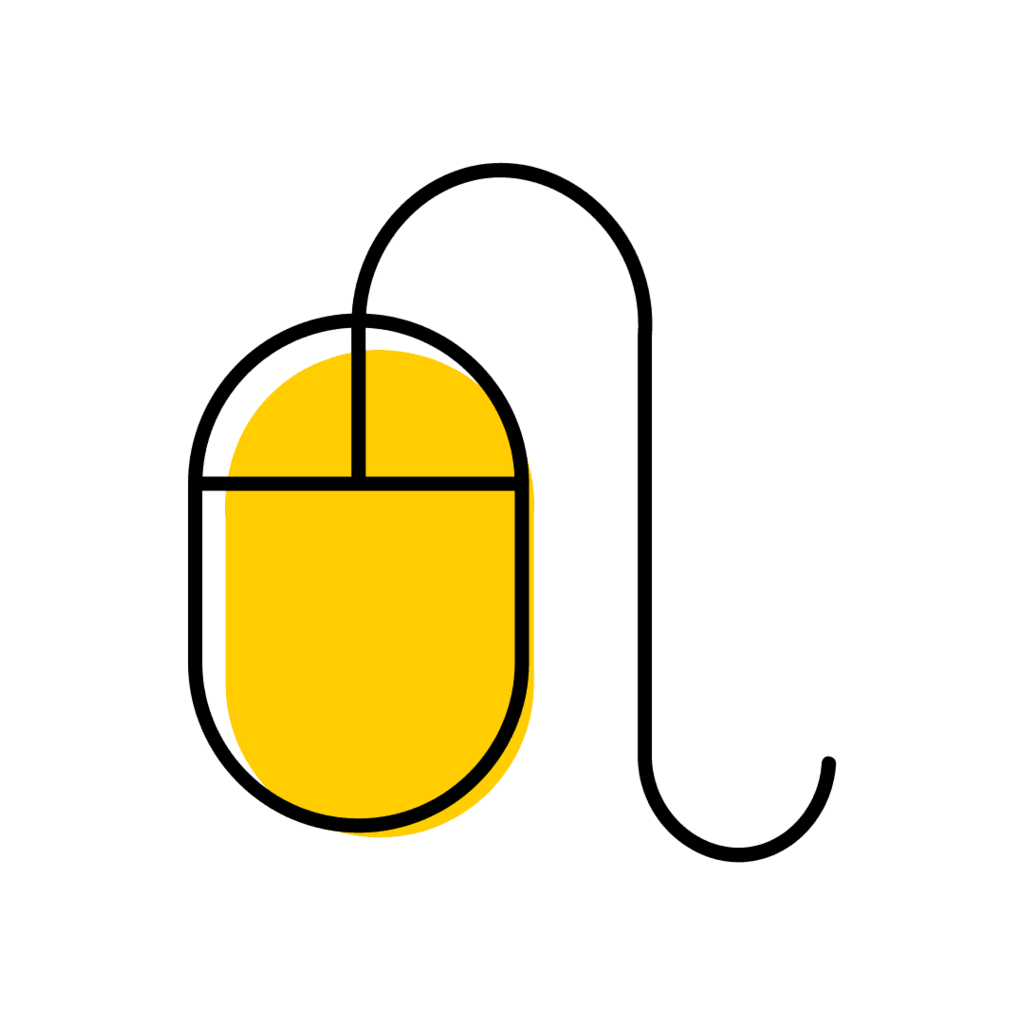Getting started with web content strategy
Delivering and maintaining a high-quality and user-friendly website experience requires a lot of hard work and effort. It can be both exciting and challenging. Web content strategy helps you develop a consistent, compelling voice across all channels to help you tell your story in an authentic and human way.
Recommended steps
Starting your web content strategy can be challenging if you’re not sure where to begin. To help, we’ve broken the process into simple steps. These steps will guide you in building the best website possible while keeping content strategy in mind.
Step 1: Review and understand
This step marks the start of your content strategy and helps build a strong foundation for your Iowa website redesign. The focus is on learning about your current situation, setting clear goals, and collecting feedback from important team members.
Accordion
Define your project approach
- Make a project plan: Develop a detailed plan for your website redesign project, including timelines, key milestones, deliverables, and responsibilities.
- Identify your key stakeholders: Determine who your primary stakeholders are—this may include internal teams across campus and department leads. Clarify their roles, expectations, and how they’ll be involved in decision-making throughout the project. If you need more resources, we've also included articles from Humanizing Work and the Content Marketing Institute to help you as you make decisions with your stakeholders.
- Plan for feedback and approvals: Define the approval process clearly. Identify who needs to provide feedback at each stage and who has the authority to sign off.
- Set clear goals: Establish what success looks like for your redesigned website. Are you aiming to improve user engagement, increase accessibility, reach specific audiences, or streamline navigation? Your goals should be specific, measurable, and aligned with both organizational priorities and, most importantly, the needs of your audience. Keep in mind that your users are not familiar with your internal structure, so the website should focus on serving their needs rather than highlighting organizational hierarchy.
Assess your current website
- Analyze existing analytics: Review current website performance using tools like Google Analytics and Google Search Console. Identify high and low performing pages, bounce rates, traffic sources, and user behavior. This data provides insight into what’s working and what needs improvement.
- Gather stakeholder feedback: Conduct interviews with your stakeholders to gather qualitative insights about the current website’s strengths, weaknesses, and user pain points.
- Conduct user testing: Perform usability testing with real users to evaluate how easy your site is to navigate and use. This may include a survey, task-based testing or another type of investment you want to make.
Audit website content
- Complete a content inventory: Create a comprehensive inventory of all current site content. This includes pages, PDFs, media, and downloadable resources.
- Map user journeys and personas: Develop user personas that represent your primary audience groups and map out their typical journeys through your website.
- Use SiteImprove: Run your current site through SiteImprove to audit accessibility, SEO, broken links, and content quality.
Analyze current data
- Review peer websites: Research how similar institutions structure their websites. Identify higher education standards and potential gaps in your current content strategy.
- Identitfy content gaps: Compare your content inventory with the needs identified in your stakeholder feedback, analytics, and user research. Determine what content is missing, outdated, or redundant. Make decisions on what to keep, edit or delete from your site.
- Look for themes: Summarize recurring patterns and insights from your discovery process. What issues are consistently mentioned? What’s working well? What areas need major improvement? This will guide your strategy moving forward.
Step 2: Plan strategy and test
In this step, you’ll start organizing how your website will be set up and how it will meet your goals. You’ll also test the site with real users to see how easy it is to use and find what they need.
Accordion
Develop your strategy and identify functionality
- Decide on features: Determine the features and functionality you want on your new site. Most functionality is already included in SiteNow v3. However, if you need something that requires custom development, you’ll need to contact our team to discuss whether it’s feasible and if we’re able to take it on. In most cases, custom development is not necessary.
- Create a core strategy statement: Develop a clear core strategy statement that captures the site’s purpose, identifies the primary audience, and defines what success looks like. This statement should serve as a foundation for all content, design, and development decisions moving forward.
- Plan your Information Architecture (IA) and navigation: Focus on creating an effective information architecture and navigation system. This means organizing content in a logical hierarchy and designing menus that reflect how users think and behave. A sitemap should be developed at this stage to ensure all sections of the site are accounted for and properly grouped. Find out why having a good navigation menu is important.
- Organize section structures: Once the IA is in place, define the section structure of the website. This involves outlining the major content areas and determining the role and tone of each section.
- User testing: Do a second round of testing with users to validate your updated navigation and content structure. Use wireframes or interactive prototypes to have users complete tasks—like finding specific information or navigating to certain pages.
Organize pages and plan content
- Create page tables: These are detailed outlines for individual pages that list key content elements such as titles, descriptions, calls to action, and visuals. Page tables also help account metadata and internal linking strategies.
- Build out your content matrix: This is a centralized document that tracks every page’s content needs, assigned owner, status (e.g., draft, in review, approved), deadlines, and asset requirements. This is usually built in an Excel spreadsheet and structured to match your website’s main navigation, with a separate tab for each main section. The content matrix is used throughout the website build and can also help you develop a content governance plan later on.
Step 3: Develop content and build
In this step, you'll begin writing the actual content for your website and start building your pages.
Accordion
Create content and build your site
- Develop your website content: Determine who will be responsible for creating each page and writing the website copy. Identify what assets—such as photos, PDFs—need to be included. Review your existing website to decide if any imagery can be reused, or if new visuals or updated photography are needed to support the new design and messaging. Remember, this process not only includes writing new content, but also editing existing content and potentially merging pages together.
- Build out site pages: As content is being created, you'll also start building out the site. Use the tools and training resources available through SiteNow v3 to guide the process. If you need help with using Layout Builder or SiteNow v3, our team is available to assist with questions or support.
Determine a redirect strategy
Create a redirect strategy: Finally, you’ll want to establish a redirect strategy. This involves mapping old URLs to new ones to ensure that users (and search engines) can still find important pages after the new website launches.
Step 4: Launch and measure
In this final step, you will launch the website, track how well it’s working, and keep making improvements based on data and feedback.
Accordion
Review your site and communicate launch
- Check your website quality: Begin by conducting a thorough QA/QC (Quality Assurance/Quality Control) review to ensure that all pages function properly, links work as expected, content displays correctly, and the site performs well across devices and browsers.
- Communicate your website launch: Next, communicate the launch of your new website to the campus community. You can do this through our UI-Web listserv. Make sure relevant stakeholders are aware that the site is live and highlight any significant changes, such as updated URLs or relocated content, so users can easily navigate the new structure.
Define success and develop a maintenance plan
- Set your key performance indicators (KPIs): KPIs help measure the success of the website. These indicators will help you assess whether the site is meeting user needs and business objectives.
- Create a governance plan: You should also develop a governance plan to guide ongoing management of the site. Identify who will be responsible for maintaining content, how often updates will be made, and what processes will be in place to ensure content remains accurate and relevant over time.
Resources
We've included a variety of resources to assist you getting started with web content strategy.

Content inventory
Conducting a content inventory helps you identify every piece of content on your website. We've included a simple template that you can use to make it easier.

Content audit
Conducting a content audit helps you identify the quality, accuracy, and relevance of your content on your website. We've included a simple template that you can use to make it easier.

Page tables
Before creating your pages in layout builder, you can use this exercise on page tables to outline individual web pages.

Google Analytics
Google Analytics helps site owners and operators analyze site performance.
Featured sites
Since its launch in the summer of 2020, more than 200 new or refreshed University of Iowa websites have been built using the SiteNow v3 service.
We've featured recently launched SiteNow v3 sites for you to use as a guide as you work to build out your own.

